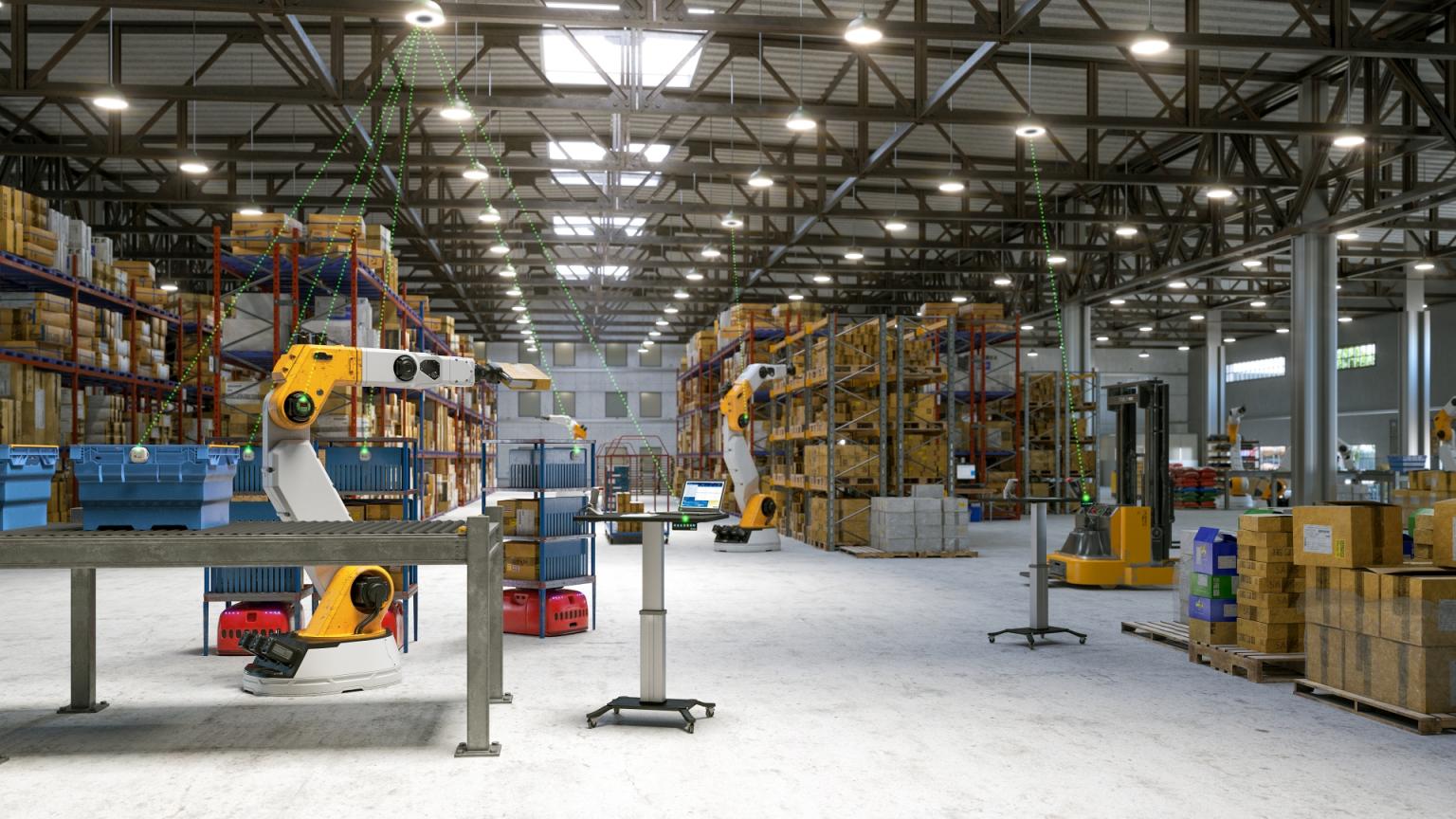
Yuval Boger explores how the industrial internet of things (IIoT) is set to assist manufacturers in recovering from the effects of the global pandemic
According to recent research, only 26% of manufacturers are expecting an increase in year-over-year revenue in 2020, largely due to the coronavirus pandemic. As Covid-19 continues to transform the industrial landscape, manufacturers are searching for success by turning to technologies that promise to make them more agile, increase distance, and restore confidence supply chains.
Few technological platforms are able to accomplish more to help manufacturers than IIoT. Before Covid-19, IIoT devices were primarily used to provide information and improve efficiency. While those two directives are still essential, IIoT devices are now also deployed to improve onsite safety and promote staff health.
In a post-Covid-world, IIoT devices are often used to:
● Improve social distancing: sensors and scanners can monitor staff movements, ensuring that employees maintain proper social distancing and facilitating contact tracing when necessary.
● Enable more remote work: one of the best ways to improve employee safety during Covid-19 is to let as many staff work remotely as possible. By enhancing software, sensor, and analytics, remote working capabilities can be improved. This can help minimise staff density, improve overall safety on site, and ensure continued operations in the event of an outbreak.
● Improve on-site sanitation: handwashing and social distancing are going to be increasingly important in industrial settings moving forward. IIoT devices can help ensure that handwashing stations remain touchless and, therefore, more hygienic. Additionally, integrated sensors can monitor levels of soap, paper towels, and other sanitation essentials, limiting unnecessary maintenance and improving reliability.
● More touchless surfaces: every commonly touched surface that is eliminated on the factory floor can improve worker safety. By replacing doorknobs, handles, and other commonly touched items with touchless IIoT alternatives, manufacturers can help limit possible disease transmission.
A renewed focus on flexibility
As Covid-19 continues to present challenges, more industries are changing their focus to emphasise flexibility and agility. Companies that have turned to IIoT devices to improve flexibility have noticed some significant benefits.
Keeping track of turbulent supply chains
From hardened sensors to handheld scanners, IIoT devices can help businesses keep track of ever-more-complicated supply chains. Because Covid-19 impacts the world asymmetrically, supply chains can be disrupted in unpredictable ways. When manufacturing supply chains are sufficiently monitored, IIoT can provide instant notifications and fast solutions in the event of a disruption.
Anticipating problems with data analytics
Machine learning and other intelligent, sophisticated algorithms can help businesses leverage data gathered through IIoT devices to better anticipate supply chain challenges before they occur. Inventory monitoring data can be fed into algorithms that draw from real-time supply chain news and data. This can help manufacturers stay ahead of possible supply issues or find viable alternatives before inventory starts running low.
Using sensors and software to ensure businesses keep eyes on data
Sensors that have been developed specifically for IIoT purposes have become much more common on factory floors throughout the world. These sensors are perhaps the most ubiquitous IIoT device in the world. Most devices can be configured to gather a wide range of data, allowing firms to emphasize tracking those datasets which are most critical. More importantly, IIoT can ensure that data from these sensors is collected and displayed in the right place for the right person. That way, manufacturers can maintain up to the minute information on their process, making fast and agile changes where necessary.
More capabilities in future IIoT devices
Historically, IIoT devices have sometimes been held back by power demands. Sophisticated algorithms and adept sensors require significant processor capabilities, which require power. In response to the Covid-19 pandemic, industries have searched for innovative solutions to this power crunch. Batteries are not the solution - they run out and need to be replaced or recharged. Power cords are difficult to install and limit the mobility of the device. Solar panels provide only limited energy and operate only at certain times. The consensus has landed on a cutting-edge technology called long-range wireless charging. Here’s how it works: a transmitter is installed on the wall or the ceiling. That transmitter sends energy, typically using infrared light (a popular choice because of its power, distance, and safety characteristics), ultrasound energy or radiofrequency waves. This energy is converted back into electricity with a receiver that is connected to or embedded in the IoT device.
Long-range wireless charging is designed to charge devices continuously, from a distance, and without wires. A more reliable and powerful energy supply means that IIoT devices will have access to ever more powerful features and options. Fully powered IIoT devices could display some of the following benefits:
● More sensors: with fewer expenditures wasted on replacement batteries, manufacturers can invest in additional sensors and devices, gathering more data than ever before.
● Increased data volume: with long-range wireless charging enabled, IIoT devices can be more active. For example, sensors will be able to record and report data more often.
● Improved flexibility: long-range wireless charging is relatively easy to install, making this technology an appealing option for those looking to retrofit existing operations.
As businesses and manufacturers struggle to find success in a post-Covid-19 world, IIoT has proven to be a valuable asset that can provide companies with a sorely needed edge in today’s marketplace.
Yuval Boger is with Wi-Charge



